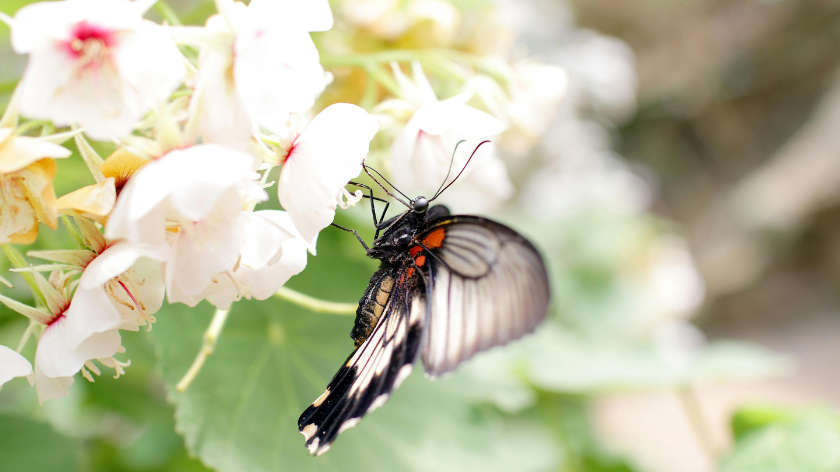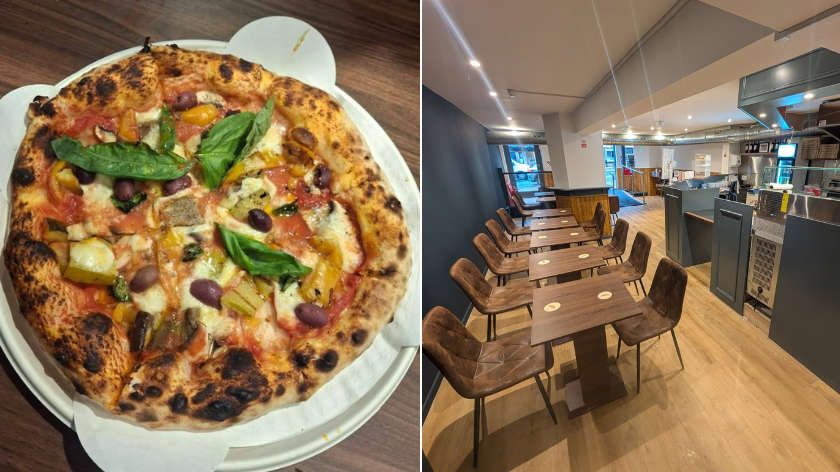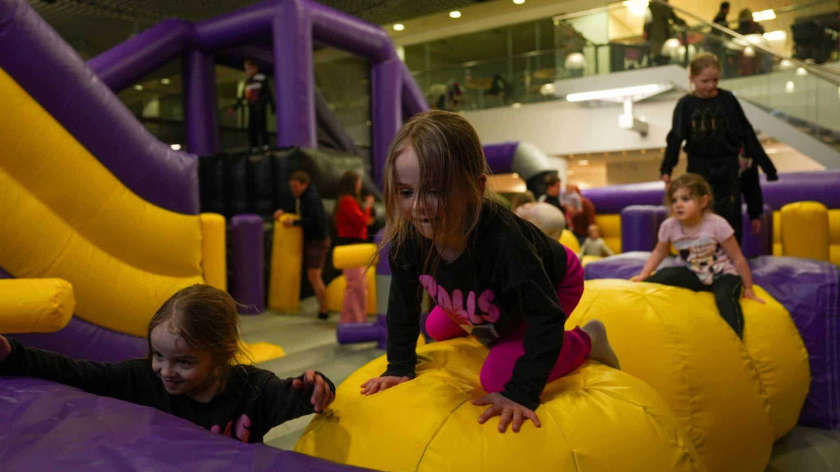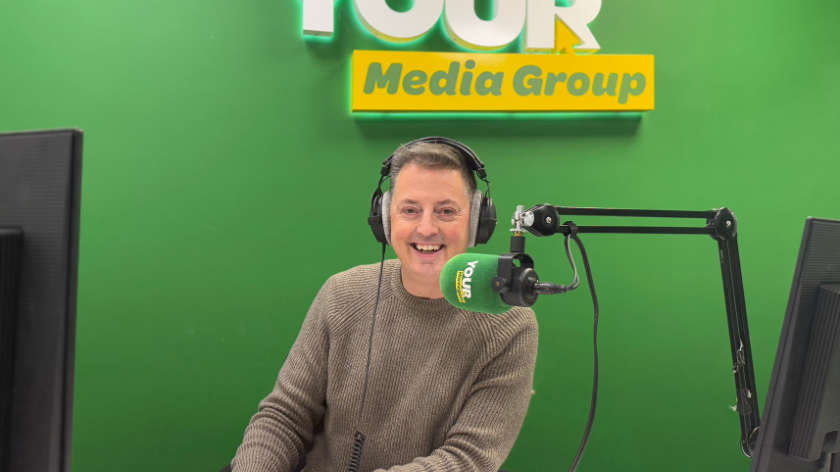
Are your greenhouse crops not yielding as much fruit as you'd like?
Pollination is key to boosting productivity in your greenhouse. In this blog, you'll learn the most effective greenhouse pollination techniques to increase crop yields.
Understanding Greenhouse Pollination
Pollination helps plants make fruits and seeds. In greenhouses, good pollination boosts crop yields and ensures healthy plants.
What is pollination?
Pollination is the transfer of pollen grains from a flower's anthers to its stigma. This process helps plants create seeds and fruit.
Plants may self-pollinate or need help from pollinators like bees, butterflies, and hoverflies. In greenhouses, gardeners often use manual ways or bring in bees to assist with pollination.
Importance of pollination in greenhouses
Pollination is vital for crops in greenhouses. It helps plants produce fruits and seeds. Without pollination, your tomatoes and cucumbers won't grow properly. This process boosts fruit set, ensuring better yields.
Bumblebees are great for greenhouse pollination. They transfer pollen from stamens to pistils, helping flowers bloom into vegetables like squash and blackberries. Using insects like honey bees can improve crop quality and quantity.
Types of Pollination Techniques
Pollination can happen in two main ways. Each method helps plants grow and produce fruit.
Self-pollination
Self-pollination is when a flower's pollen fertilizes its ovule. This process happens within the same flower or between flowers on the same plant. Many greenhouse plants, like tomatoes and peas, use this method.
Self-pollinating flowers have both male (stamen) and female (ovary) parts. They do not need bees or other insects for pollination. This makes self-pollination reliable for steady crop yields in greenhouses.
Cross-pollination
Cross-pollination involves the pollen transfer from one flower to another. This helps produce stronger and healthier plants. For example, cross-pollinating strawberries can lead to bigger fruits.
Pollinators like bees, butterflies, and moths aid in this process. Using bumblebees or Alfalfa Leafcutter bees ensures effective pollen transfer in your greenhouse. These insects visit many flowers, spreading pollen as they move around.
Manual Pollination Methods
Manual pollination is a hands-on way to help plants grow. Gardeners use simple tools or their fingers to transfer pollen from one flower to another.
Hand pollination
Hand pollination involves using a small brush or cotton swab. Gently transfer pollen from the male parts of one flower to the female parts of another. This helps fruiting in plants like tomatoes and kiwis.
Greenhouse owners can increase yields with hand pollination. It ensures all flowers get fertilized, especially self-pollinated plants like broccoli and cauliflower. Beekeepers often use this method to improve crop production in greenhouses.
Device-assisted pollination
Device-assisted pollination uses tools like electric pollinators. These gadgets shake plants to release pollen, helping with self-pollinating and cross-pollinating flowers. Tomato farmers use them often because they boost yields.
Other devices include blowers and air pumps. These machines move pollen between plants quickly. Greenhouse owners find these tools handy for crops that need insect pollination but lack enough natural helpers indoors. At a greenhouse specialist such as Juliana, you can find various accessories for pollination.
Biological Pollination Helpers
Bumblebees are great helpers in greenhouses. They are strong and can pollinate many flowers quickly.
Bumblebee pollination
Bumblebees are great for greenhouse pollination. They visit many flowers each day, spreading pollen from one bloom to another. Their large bodies and hairy legs hold lots of pollen.
Bumblebee hives can be placed inside greenhouses. Worker bees then pollinate flowering plants like tomatoes, strawberries, and cucumbers. This boosts crop yields and quality.
Alfalfa Leafcutter bee pollination
Alfalfa Leafcutter bees are great pollinators for greenhouses. They work quickly and help increase crop yields. These bees prefer warm, sunny spots, so they fit well in greenhouses.
They thrive on legumes like alfalfa but can also pollinate many other plants. This makes them useful for growing a variety of crops. Their nests are easy to manage, and they rarely sting, making them safe for garden owners and workers alike.
Attracting Natural Pollinators
To draw natural pollinators, use flowers with lots of nectar. This will invite bees and other insects to your greenhouse.
Creating a pollinator-friendly environment
Plant nectar-rich flowers around your greenhouse. These blooms attract pollinators like honeybees and bumble bees. Choose a mix of colours to draw different insects.
Provide water sources for the pollinators. Use shallow dishes with stones or marbles for them to land on. This helps keep them hydrated, encouraging them to stay longer in your garden.
Planting nectar-rich flowers
Nectar-rich flowers attract many pollinators, like bees and butterflies. Plant flowers such as lavender, foxglove, and marigolds around your greenhouse. These plants provide food for insects that help with pollination.
This helps increase crop yields.
Position nectar-rich flowers in clusters to make it easier for pollinators to find them. Rotate blooming times to ensure there are always some flowers blooming throughout the year.
This encourages continuous visits by pollinating insects, aiding crop protection and growth.
Challenges in Greenhouse Pollination
Greenhouse pollination faces many issues. Pests and lack of natural pollinators can harm crop yields.
Common issues and solutions
Pollination in greenhouses can face many issues. These problems can lower crop yields if not addressed.
1. Lack of Natural Pollinators
o Greenhouses often block bees and other pollinators.
o Solution: Introduce bumblebees or mason bees to the greenhouse.
2. Poor Air Circulation
o Stale air hinders pollen movement.
o Solution: Use fans to circulate air and help with pollination.
3. Overcrowding of Plants
o Crowded plants make it hard for pollinators to move.
o Solution: Space plants properly to allow easy movement for insects.
4. Inconsistent Temperature and Humidity
o Extreme conditions affect pollen viability.
o Solution: Maintain stable temperature and humidity levels using climate control systems.
5. Manual Pollination Challenges
o Hand pollination can be time-consuming and requires precision.
o Solution: Use device-assisted methods like electric pollinators to ease the burden.
6. Pest Infestation
o Pests can damage flowers, affecting pollination.
o Solution: Regularly inspect and use pest control methods to keep pests at bay.
7. Short Pollinator Lifespan
o Bees have limited lifespans which may require frequent replenishment.
o Solution: Keep a regular supply of bee colonies from local apiaries.
8. Limited Flower Availability
o Few flowers mean less food for pollinators.
o Solution: Plant nectar-rich flowers around the greenhouse to attract natural pollinators like alfalfa leafcutter bees.
9. Cross-Pollination Failure
o Some crops need cross-pollination but might not get it in isolated environments.
o Solution: Introduce different plant varieties that bloom together for effective cross-pollinating.
10. Mismanagement of Pollinator Habitats
o Improper habitat management leads to low pollinator activity.
o Solution: Provide nesting materials and maintain clean spaces for bees' brood development in skeps or langstroth hives.














